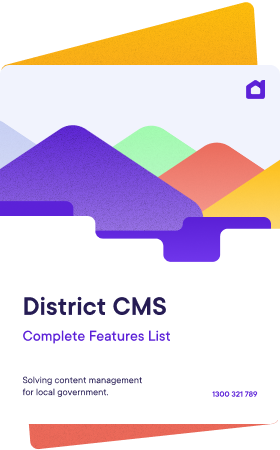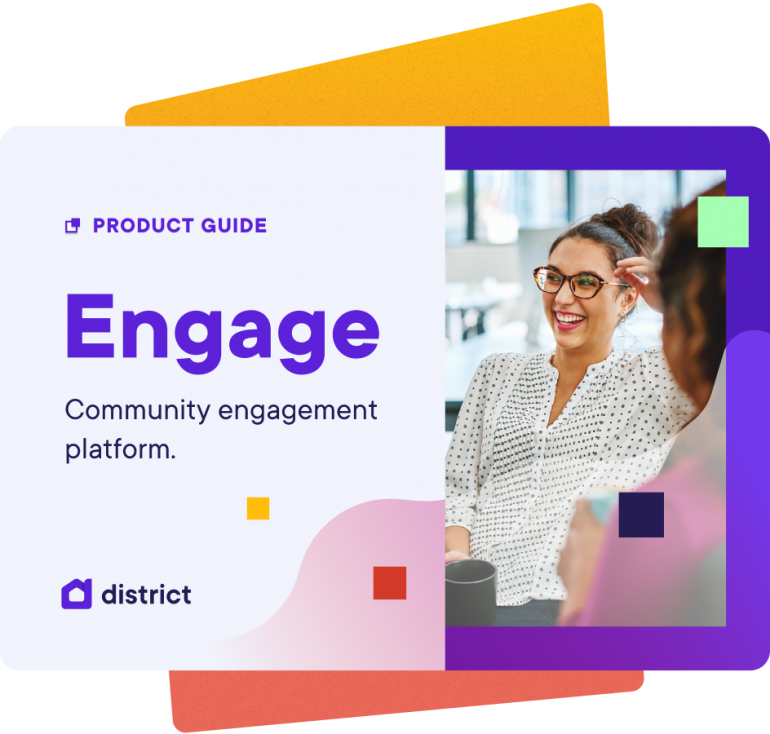Effective participation tools are the cornerstone of successful community engagement projects.
From grassroots initiatives to large-scale urban developments, the right tools can make all the difference in fostering meaningful connections, empowering voices, and driving positive change. In recent years, community engagement platforms and digital tools have emerged as powerful allies in the quest for inclusive dialogue and collaborative action. In this article, we’ll take a look at the wide range of digital participation tools available, and how to select the perfect fit for your engagement project.
Online Surveys and Feedback Forms
Online surveys and feedback forms offer unparalleled convenience and reach for engagement managers. Thanks to their intuitive interfaces, they offer a structured approach to gathering feedback, opinions, and preferences from a wide audience, and can deliver valuable insights into community needs and desires.
A key benefit of running a survey is its flexibility. To meet the diverse needs of a community, an online survey can also be conducted on paper, via telephone, or even a face-to-face interview: this hybrid approach can be very effective to help you engage broadly across the community.
When running a survey, whether it's hybrid or online, ensure it is accessible for all participants, regardless of digital literacy levels, technological, or language barriers.
Virtual Workshops and Webinars
In response to the global shift towards remote collaboration, virtual workshops and webinars have become invaluable tools for engaging communities across geographical boundaries. These tools allow participants to engage directly with each other and project stakeholders, fostering collaboration and co-creation across a range of forums, from small, private consultations, to large scale public engagement projects.
If you are planning to include online forums, webinars and workshops as part of your engagement project, consider factors such as time zone differences, internet connectivity, and accessibility to ensure meaningful participation for all.
Social Media Engagement Campaigns
Social media platforms have revolutionised the way we connect and communicate with communities around the world. From Facebook to Twitter, Instagram to LinkedIn, social media engagement campaigns provide opportunities for real-time interaction, storytelling, and resource sharing. When crafting social media strategies, tailor content to suit each platform's audience demographics and engagement algorithms. Embrace multimedia formats such as videos, infographics, and live streams to capture attention and foster meaningful dialogue.
Community Engagement Platforms
A dedicated engagement portal can serve as a centralised hub for community interaction, information sharing, and collaboration. A platform such as District Engage offers customisable features such as surveys, polls, discussion forums, map feedback, idea boards, and event calendars, empowering communities to co-create solutions and drive change. User experience, accessibility, data privacy, scalability, and the ability to accommodate diverse engagement needs and preferences are important considerations.
Find out more about District Engage here.
Participatory Mapping Tools
Maps have the power to transcend language barriers and spark empathy like no other medium. Participatory mapping tools empower communities to visualise their experiences, assets, and aspirations in spatial contexts. Geospatial technologies and data visualisation tools provide powerful ways to engage communities in spatial planning, environmental stewardship, and cultural heritage mapping. When integrating mapping and data visualisation into your engagement toolkit, provide detailed training and guides to ensure participants can effectively contribute and interpret spatial information.
Choosing the Right Tool
How do we select the right participation tool for our community engagement projects? The key lies in understanding the unique context, goals, and stakeholders involved. Start by conducting a thorough assessment of community needs, preferences, and existing resources, while keeping in mind the digital literacy levels, access to technology, and preferred communication channels within the community.
Engage stakeholders in co-designing the digital engagement process, soliciting input on engagement strategies, communication, tools, outreach, and accessibility considerations. Keep an open mind and be prepared to adapt your approach based on feedback and evolving circumstances. Remember, the ultimate goal is to empower communities, amplify voices, and build inclusive, resilient spaces for collective action and growth.
The digital revolution has opened up exciting new possibilities for community engagement, but it's essential to approach digital tools with intentionality, inclusivity, and empathy. By harnessing the power of digital participation platforms, we can bridge divides, amplify voices, and build stronger, more resilient communities together.



